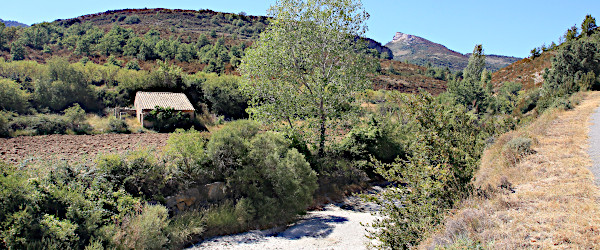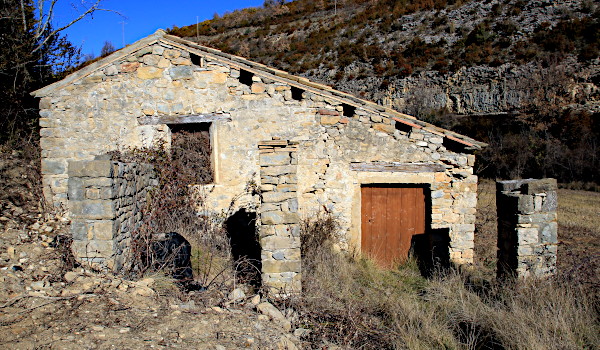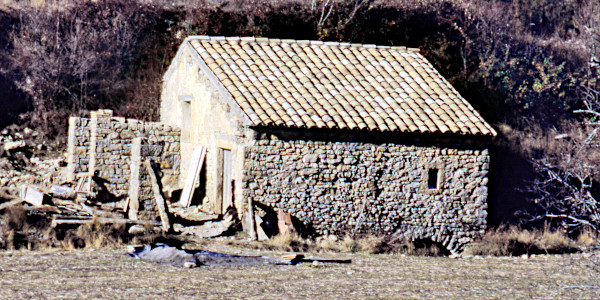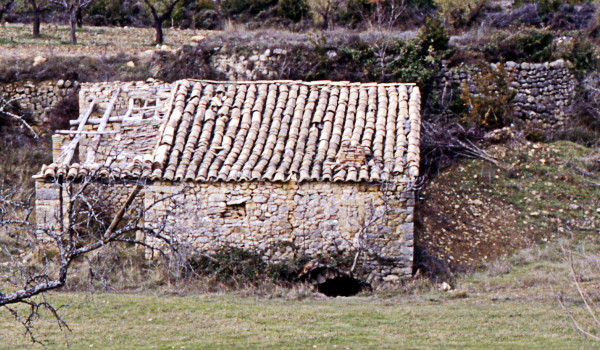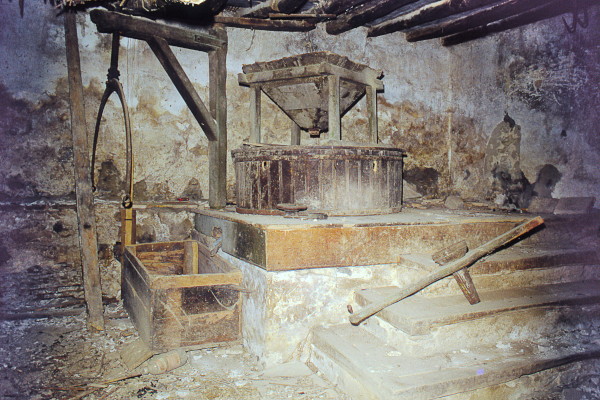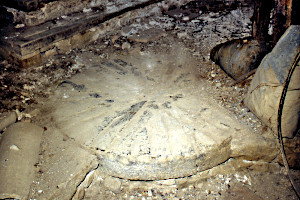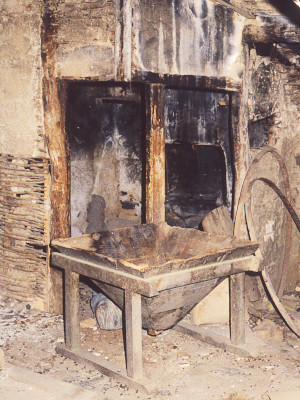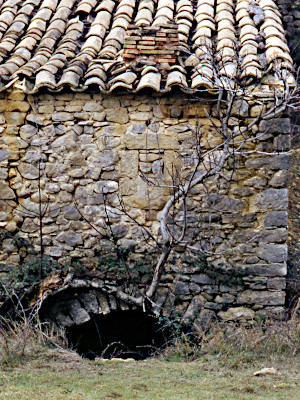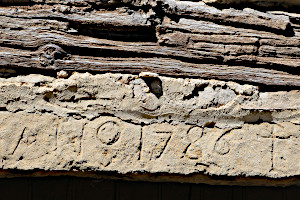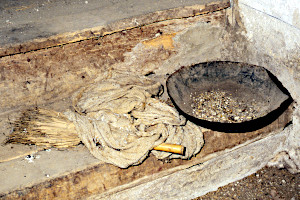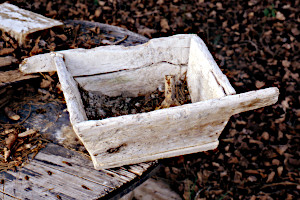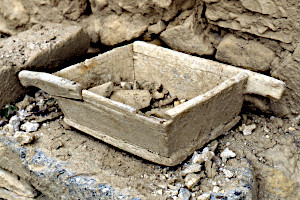Path: Introduction -
Visit the mills; catalogue - Sarsa de Surta

Mills in Alto Aragón — molino harinero
Sarsa de Surta

Sarsa de Surta is a village in the
Sobrarbe municipality. From take the A-2205 towards and . Past (about 20 km) turn right where
Sarsa and the Parque Natural de Guara are signposted. Follow the narrow road until you reach the
small parking space with some information panels about the site. The mill is on the other side of the
river, the (1).
Pictures: 01.i.1994, 31.xii.1994, 21.viii.2016, 22.i.2022
